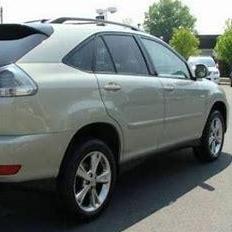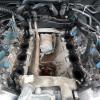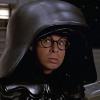Odd suspension squeak
-
Similar Content
-
- 2 replies
- 5,352 views
-
- 0 replies
- 1,407 views
-
2004 Lexus RX330 suspension issue, changing spark plugs, tachometer and speedometer not wiring
By Pbarnum0820,
- lexus rx330
- suspension
- (and 3 more)
- 1 reply
- 1,305 views
-
- 6 replies
- 3,804 views
-
- 1 reply
- 4,548 views
-






Recommended Posts
Create an account or sign in to comment
You need to be a member in order to leave a comment
Create an account
Sign up for a new account in our community. It's easy!
Register a new accountSign in
Already have an account? Sign in here.
Sign In Now